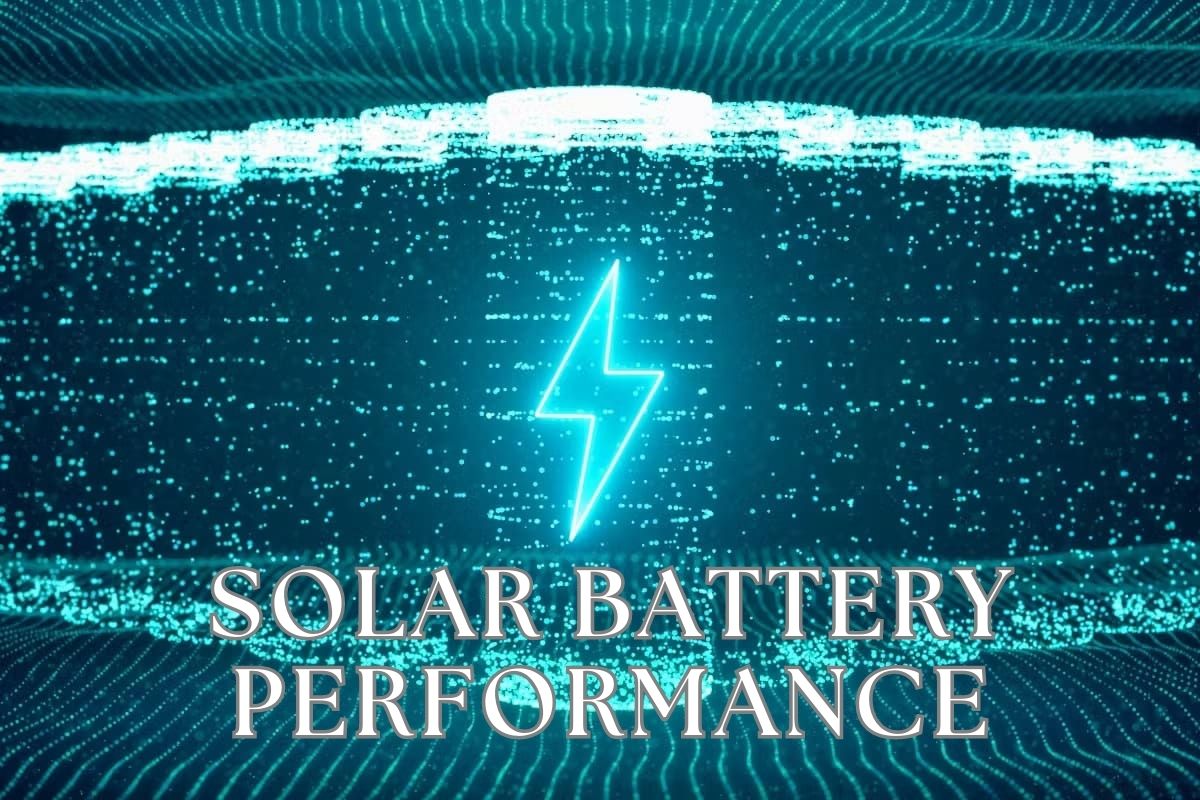Solar Battery Performance Reduction – How to Determine If Battery Performance Is Satisfactory?: As your grid-connected battery ages, you may notice a decrease in its performance compared to when it was new. This decline is due to various factors related to the electronic management of lithium batteries through a Battery Management System (BMS). The primary function of the BMS is to ensure that the batteries operate within their optimal temperature and charge range.
Consider the starting battery in your car as an example. When it’s worn out, weak, or completely discharged, it becomes evident through the struggles it faces when cranking the engine, often requiring a jump start.
The battery system in your home, which powers appliances like your fridge, remains permanently connected to the main grid. If the battery can’t supply the necessary power, the grid provides backup. This dependency on the grid allows some inexpensive hybrid systems with lower surge ratings to function effectively, as they rely heavily on external support.
By closely monitoring your solar battery system, you can track the overall energy it can store. Let’s say the initial capacity is 10 kWh. When it’s new, you might observe it reaching a 100% state of charge around noon. Throughout the day, you can utilize a steady 2 kW discharge, running the air conditioning for approximately 5 hours until sundown. However, after a decade, you’ll notice that the battery takes less time to charge but provides a reduced runtime of only 3 hours in the evening.
How long is the life of a solar battery?
Solar batteries, despite their larger size, share many similarities with regular batteries. However, all batteries experience degradation as time passes. Fortunately, the lithium-ion batteries commonly employed in modern residential solar power systems tend to have a longer lifespan compared to traditional lead-acid batteries. A well-maintained and appropriately utilized lithium-ion solar battery of good quality can typically endure for approximately five to fifteen years. The actual lifespan depends on factors such as maintenance practices and frequency of usage.
When assessing the lifespan of a solar battery, it’s crucial to consider two key aspects: the battery’s “useful life” and its “warrantied life.”
Useful Life: The useful life of a solar battery is typically defined as the point at which it can only be recharged to approximately 60% of its original capacity. While the battery will still function, its efficiency will be noticeably diminished compared to its initial performance.
Warrantied Life: The warrantied life refers to the duration of the manufacturer’s guarantee for the solar battery. The specific length of the warranty varies depending on the battery model but typically falls within the range of five to fifteen years.
Most lithium-ion solar batteries have a life expectancy of at least ten years. However, it’s important to consider various factors that can influence battery lifespan, such as maintenance practices, usage patterns, environmental conditions, and the specific brand and model of the battery. These factors can impact both the useful life and the warrantied life of the solar battery.
What Factors Determines the Solar Battery Life
Understanding the factors that impact the lifespan of a solar battery is essential for optimizing its performance and longevity. Here are some important criteria to consider:
Depth of Discharge (DoD)
The lifespan of a battery is influenced by how deeply it is discharged on a regular basis. Employing shallower discharge cycles can enhance the battery’s overall longevity. It is recommended to refrain from consistently depleting the battery to its maximum capacity.
Temperature
Excessive heat buildup can hasten battery degradation, whereas performance may be impacted by colder temperatures. To prevent this, it is essential to choose a well-ventilated and temperature-controlled location for battery installation.
Maintenance and Care
To extend the lifespan of the battery, it is important to perform regular maintenance tasks such as keeping it clean, inspecting connections, and monitoring its performance. It is recommended to adhere to the maintenance procedures provided by the manufacturer.
Charging and Discharging Rates
The longevity of the battery can be affected by how fast it is charged and discharged. If the battery is charged or discharged at very high rates, it can put stress on the battery and decrease its overall lifespan. It is advisable to follow the charge and discharge rates recommended by the manufacturer.
Battery Chemistry and Quality
The lifespan of a solar battery can be affected by the type and quality of battery chemistry utilized. Lithium-ion batteries are often preferred over lead-acid and other chemistries as they offer a longer lifespan. To ensure maximum longevity, it is crucial to select a trustworthy and high-quality battery brand.
Cycling Frequency
The lifespan of a battery can be influenced by the frequency at which it is charged and discharged. Batteries that undergo frequent cycles may have a shorter overall lifespan in comparison to those that have fewer cycles. By analyzing your energy usage patterns and selecting a battery size accordingly, you can optimize the frequency of charging and discharging.
Environmental Factors
The battery’s performance and lifespan can be affected by environmental factors such as humidity, direct sunlight, and air quality. To ensure the battery lasts longer, it is important to shield it from harsh environmental conditions.
When to Replace Solar Batteries?
To begin, it is recommended to conduct a thorough visual inspection of your solar battery. Pay close attention to the terminals and connections, especially if they are exposed, as these areas are prone to early signs of wear and tear. Additionally, for lead-acid batteries, it is important to check for leaks or any other visible damage. In the case of batteries nearing the end of their lifespan, you may observe bulging or bumps on the battery panel.
Apart from visual indicators of degradation, you will also notice a decrease in efficiency over time. It may take longer to fully charge, and the battery’s ability to retain power will diminish. Regularly checking the state of charge is a useful method to monitor your solar battery’s performance.
Depending on the type of solar power system you have in Perth WA, there is often a digital display available that provides comprehensive information about the battery’s condition. Alternatively, you can seek a system that includes a dedicated app for convenient monitoring and analysis of your solar battery’s performance.

